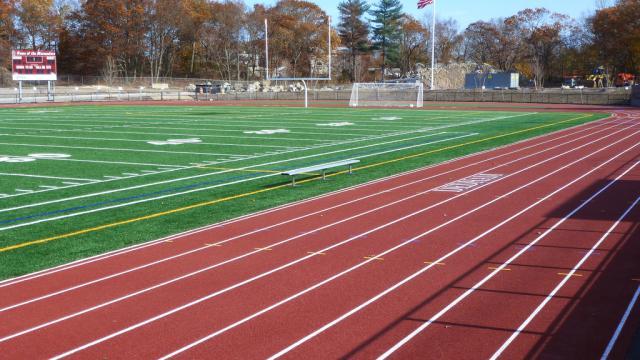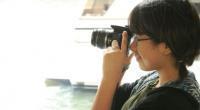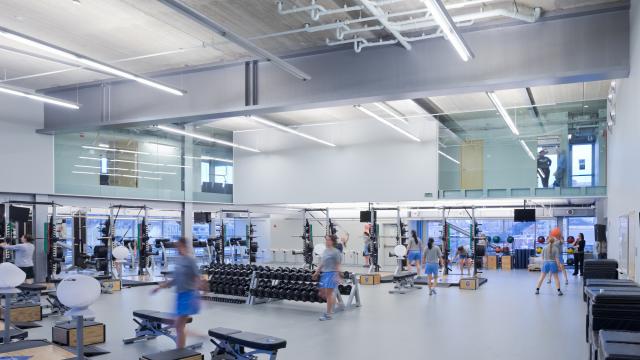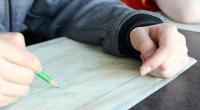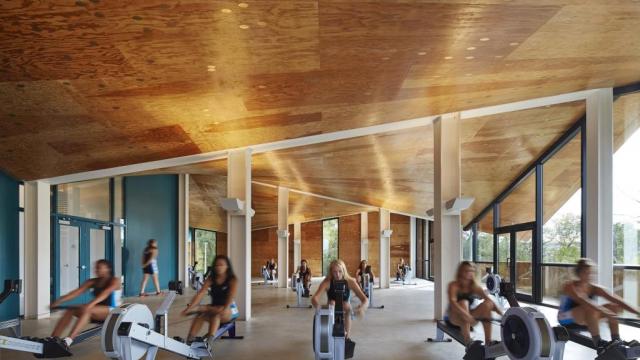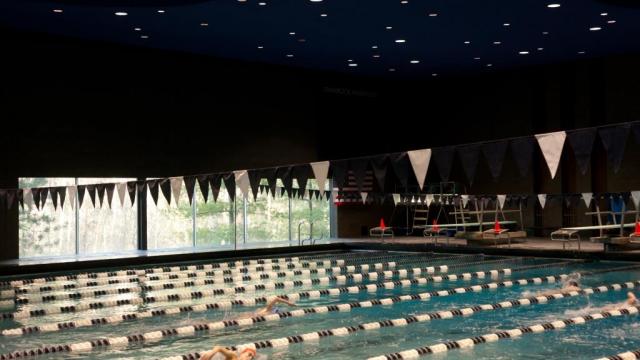
Advanced Technologies Academy: An Advanced Gym Renovation
After a certain amount of time has passed, it is always good to take a look back and see if anything needs change. Looking back at our school's gym, we see that there's a lot of room for change. The gym has served it's purpose to us but there is definitely room for growth and it has a lot of potential to be so much more.
Advanced Technologies Academy opened and was ready for students by 1994. It began schooling kids in their 9th and 10th year of school. It was fairly small and didn't have many students. But, over the years, it has grown so much more. In 1998 through 1999, construction of the school gymnasium began. Also, as the population of A-Tech began to grow, new addition were added to the A-Tech building to accommodate these students. The construction of an East Wing addition began in 2002 and was completed in 2003. This addition included more classrooms, offices, and a lecture hall. Not to mention that the cafeteria (which we call the Student Activities Center, or SAC for short) was expanded in the same year at the start of the East Wing's construction. The school's population grew and so did it's capacity.
The gym itself has been adequate enough to use for our physical activities and even though we are primarily a "tech-y" school (and do not have traditional high school sports teams) the gym is far outdated. Not only has the school itself changed as well as the amount of students grown, but the activities and things available for us have changed and vary, too. The school population is very diverse and in turn, we have many diverse programs, clubs, and classes.
Our gym is very "basic", to say the least. Our gym is a very large space, with a weight room in the back, and the locker/ bathrooms located in the front. In PE, after dressing out, if we are to go outside, we have to walk the long distance to the vast field, and an even longer distance if we are to use the courts. The gym limits the type of physical activity we can do. The environment in which we work is very important and affects us very much. So, with a much needed change and renovation, we will be given a greater chance to do better.

